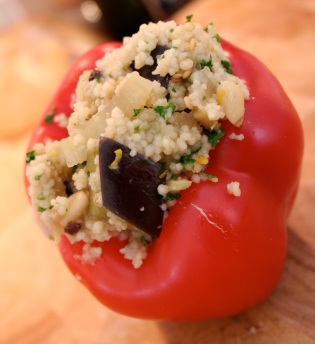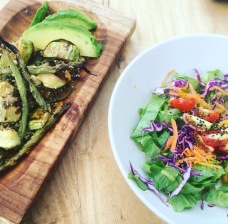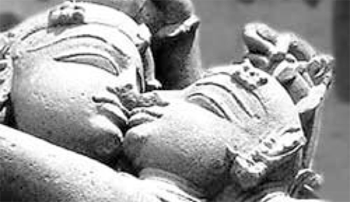The biggest epidemic we face right now is the sickness of our lack of loving ourselves. I hear about it all the time in my line of work. And as I read the millionth blog post about self-love, I take pause. I think a much better place to start is self-like. You can’t fall in love until you fall in like.
Last week, a gorgeous, talented, 20-something woman asked me if I thought she was beautiful. She felt so ugly. Fat. She asked me if I thought she’d ever make something of herself. If I believed in her…I looked at her, mouth-agape. How is the beauty butterfly not landing on this child’s heart? How is the beyond-obviousness of her beauty escaping her?
But I know why.
Inside all of us lives a tiny little wounded bunny. The proverbial Inner child.

This stuff is so real. Until we actively begin to engage with this creature….like it, snuggle it, ask it what it needs,
get to know it, can we ever hope to truly love it and integrate it. There is so much talk in the spiritual world on transcending. Just get over it. But you can’t get over it until you’ve gone through it. Felt it. Healed it through an intimacy that combines the Love Witness with the Wounded One. That love session creates the alchemical fuel needed to burn and rise.
Self-love can be defined by how capacious we are at actually liking our funny, quirky, silly little inner child. Self-love happens when we know where she/he got hurt, and we remain SUPER gentle with those places (without letting them run the show).
When I was little I would hide peanut butter and jelly sandwiches in my piano bench. I used to hate that little kid and would get mad as she showed up in me as an adult. Why can’t “hide peanut butter sandwich girl just go away!?” I did not like her. In fact, I hated her.
My first step towards healing was a full-on shamanic love fest with her. I had to SEE her. See her geeky glasses, her braces, her chubby fingers, her broken heart that longed to be comforted and understood. I had to be with the fact that she needed soothing. She was a little girl. And she wasn’t getting that soothing from the people that she wanted it from the most. Ergo, peanut butter.
Today I can honestly share that I like that chubby girl. She has mad piano playing skills. She still eats peanut butter. She’s not perfect. She’s emotional. And I like that about her. I’ve worked hard to keep her alive in a world that so often destroys innocence.
Beloved friend – what parts of yourself have you kicked out of your own heart?
Join us in Ayurveda School. I’ll teach you how to fall in like with these unintegrated spaces. And who knows, maybe even fall in love…
~Katie







 Founder of Jivamukti Yoga, Sharon Gannon’s
Founder of Jivamukti Yoga, Sharon Gannon’s